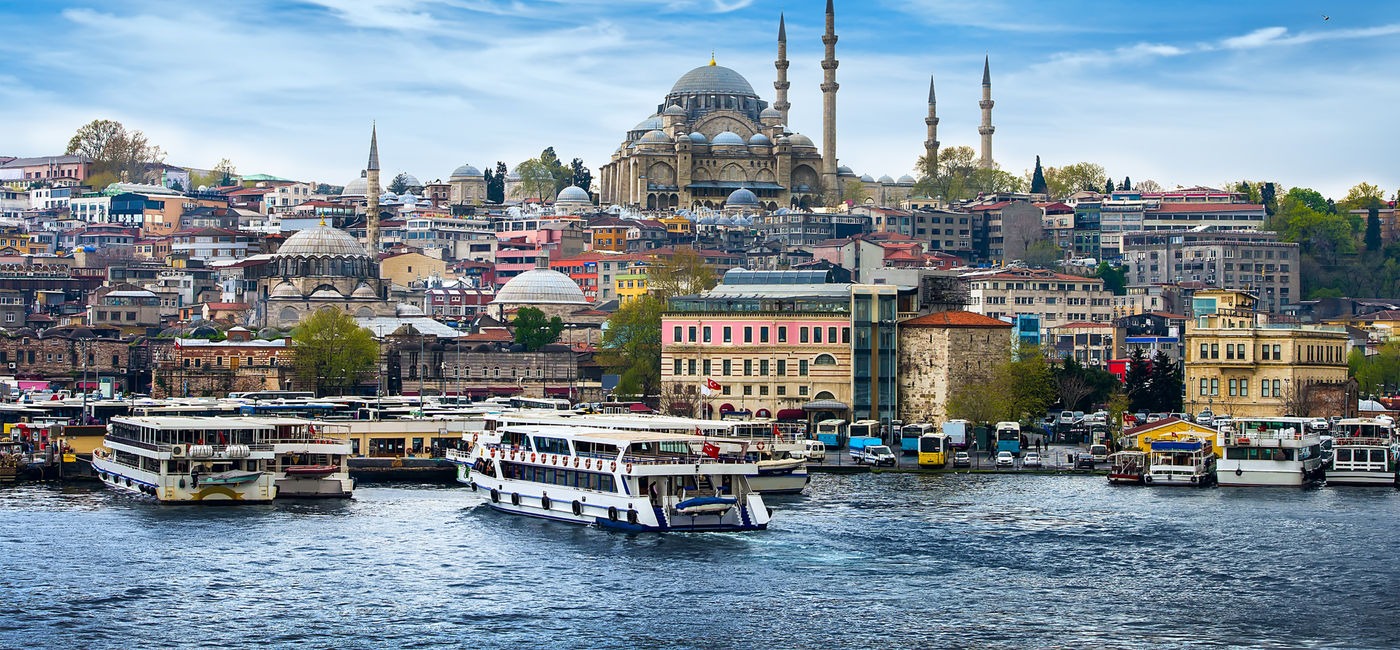
The Hagia Sophia in Istanbul, a marvel of architectural history, has introduced a new entry fee policy for non-Turkish visitors and non-worshippers. This iconic structure, which has stood for 1,600 years, transitioning from a Byzantine Cathedral to a mosque and then a museum, before returning to its status as a mosque, is now implementing a €25 (about $27) entrance charge. This change is part of a broader initiative to preserve the UNESCO World Heritage site.
A Move Towards Sustainable Tourism
Attracting approximately 3.5 million visitors annually, the Hagia Sophia is under considerable pressure from tourism. The new fee, alongside the installation of security cameras, fire detection systems, and emergency communication setups, is aimed at managing overcrowding and ensuring the site’s preservation.
Cultural and Historical Significance
The Hagia Sophia’s journey reflects Istanbul’s rich and diverse history. Its transition over centuries symbolizes the city’s evolution, making it an essential site for understanding the cultural and historical fabric of Istanbul.
Preservation Concerns
Despite these new measures, there are concerns about the adequacy of these efforts in preserving the Hagia Sophia. Experts like Ilber Ortayli argue that even with reduced visitor numbers, the site could still be at risk. There are suggestions that the Hagia Sophia should close for restoration, given the stress placed on it by its function as a house of worship and the inability to install necessary facilities like toilets or fountains.
The Future of Hagia Sophia
As tourists adapt to the new entry fee, the overarching goal remains to safeguard this iconic architectural masterpiece. The fee is seen as a step towards sustainable tourism, helping manage visitor numbers and contribute to the maintenance and preservation of this ancient site.
In conclusion, the Hagia Sophia’s new entry fee is a critical initiative in the broader effort to preserve one of Istanbul’s most treasured landmarks. It reflects a growing awareness of the need to balance tourism with the preservation of cultural and historical sites.






